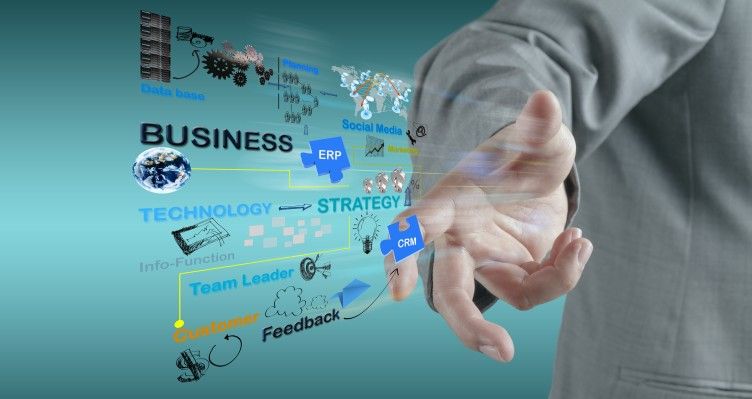The TACTICAL Framework: Leveraging Technology as a Strategic Asset
The core of the issue many leaders face is viewing technology as just another cost center rather than as a strategic asset that can drive business growth and efficiencies. To address this, I propose a framework called TACTICAL: Technology Asset & Cost Transformation Into Competitive Advantage & Leadership.
The TACTICAL Framework Components:
T: Target Objectives
- Purpose: Clearly identify the business objectives you are aiming to achieve through technology.
- Deliverables: A set of S.M.A.R.T goals that technology can help achieve.
A: Assess Maturity
- Purpose: Determine the current state of your technology portfolio and its alignment with business objectives.
- Deliverables: Maturity Assessment Matrix, which categorizes technology into stages like Nascent, Emerging, Mature, and Advanced.
C: Cost-Benefit Analysis
- Purpose: Analyze the ROI and TCO of existing and potential technology investments.
- Deliverables: A comprehensive Cost-Benefit Analysis Report.
T: Technology Audit
- Purpose: Review existing technologies to identify redundancies and opportunities for consolidation.
- Deliverables: Technology Audit Report, outlining efficiencies, and suggestions for phase-out or integration.
I: Innovation Scouting
- Purpose: Stay ahead of technological advancements that can serve as strategic assets.
- Deliverables: Quarterly Innovation Reports, curated based on business objectives.
C: Commodity Service Check
- Purpose: Ensure the technology serves as a scalable, standard commodity across the organization.
- Deliverables: Commodity Service Checklist.
A: Alignment & Narrative
- Purpose: Align technology investments with business goals and create compelling narratives for stakeholder buy-in.
- Deliverables: Strategic Alignment Document and Narrative Scripts for stakeholder engagement.
L: Leadership & Governance
- Purpose: Establish a governance model that supports tech as a business-driving asset.
- Deliverables: Governance Charter, which includes guidelines on decision-making, implementation, and ongoing evaluation.
How to Implement the TACTICAL Framework:
- Initial Workshop: Educate the leadership team on the TACTICAL framework's components and significance.
- Assign Roles: Identify key personnel for each component of the framework.
- Scheduled Check-ins: Regularly update the team on the progress of each component through monthly or quarterly reviews.
- Data-Driven Decisions: Use analytics and KPIs to make informed decisions.
- Iterate: Continuously update the framework based on outcomes and evolving business objectives.
- Education and Training: Keep the team updated on best practices and emerging trends.
By adhering to the TACTICAL framework, organizations can elevate their technology from a mere cost center to a strategic asset, aligning their investments with broader business objectives and thus, maximizing value.
Other Insights

